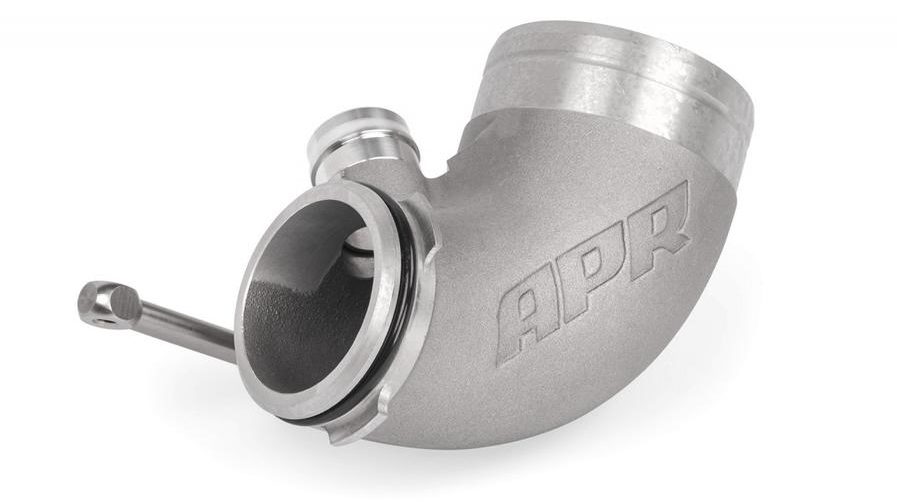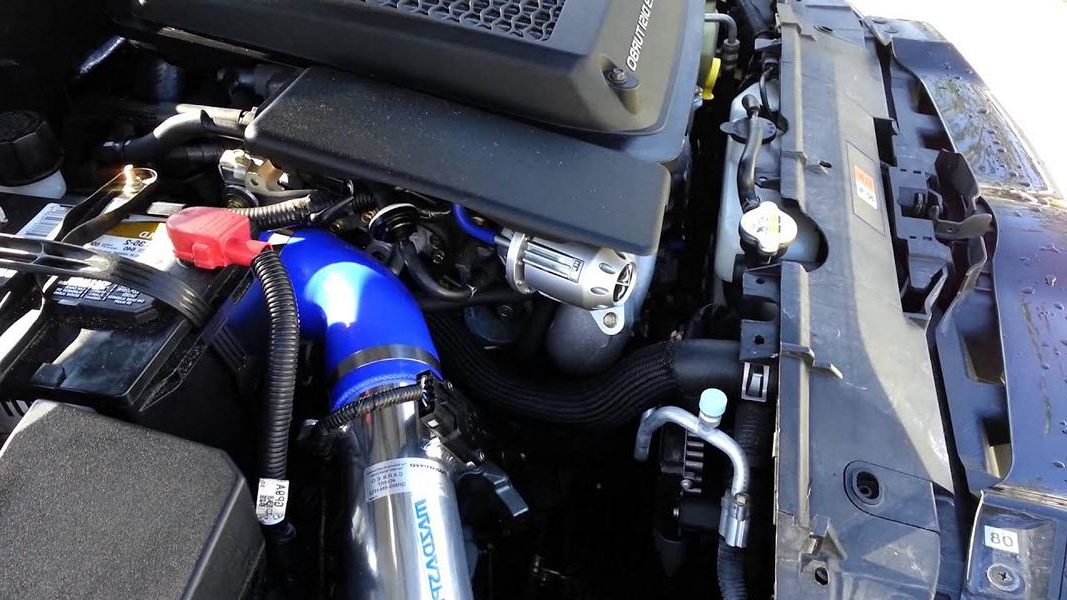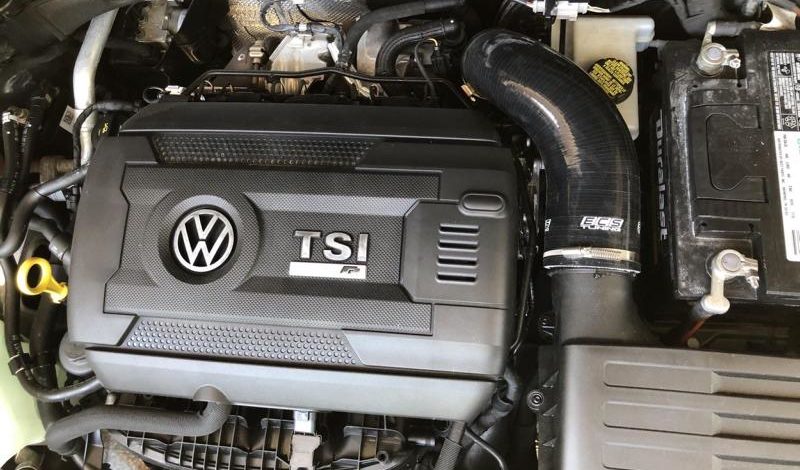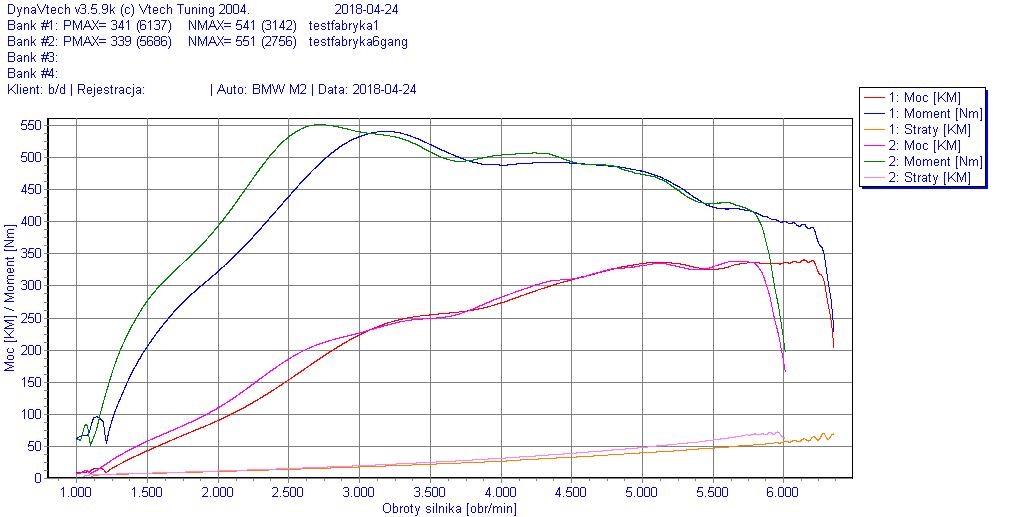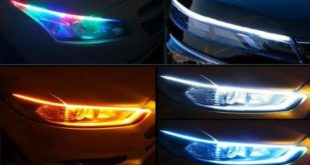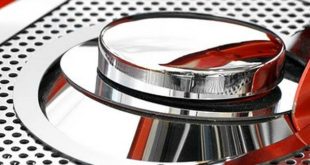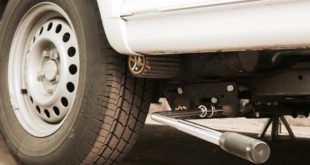The heart of every car is the engine. So that this has a lot of power, many manufacturers and tuners rely on a turbocharger to get power from the same cubic capacity. The principle is as simple as it is ingenious: More air comes into the combustion chamber because it is pushed in with high pressure. More air means more chemical reaction and therefore more power. Of the turbocharger is like a small turbine that sits in front of the engine. It is powered by exhaust gases, hence the term exhaust gas turbocharger. The energy, the pressure and the exhaust gases are used to force fresh air into the engine.
What is a Turbo Inlet?
The problem with a turbocharger is that it would have to be exposed for optimal performance. The air would then be unfiltered and would come directly from the engine compartment. To prevent this from happening, the turbocharger is connected to the intake hose via a so-called turbo inlet. The turbo inlet is called the inlet bend in German and colloquially also called the elbow.
What does the turbo inlet do?
The turbo inlet connects the intake hose to the turbo charger in such a way that the diameter of the hose is reduced to the diameter of the turbo charger.
Are there different variants?
There are big differences. The series components already deliver quite good results for the series turbocharger. Manufacturers optimize their parts for good performance. However, if you have a different turbocharger or changed the installed one, it is also worthwhile using a new turbo inlet, often as a set turbo outlet and Airpipe / intake pipeto think about. The turbo inlet must also be adapted with a different suction hose. Many manufacturers of turbo inlets design their parts as follows: The diameter of the intake hose remains constant until just before the turbocharger and is reduced abruptly. It is almost always an aluminum pipe with a welded connection piece. That might look cool, but it has nothing to do with optimized airflow.
well-known manufacturers deliver better results
On the other hand, there are manufacturers (such as APR) who design various components, try them out in simulations and real tests and then manufacture a single part from aluminum using casting technology. This has the advantage that there are no restrictions in the shape of the part and an optimal air flow can be achieved. The aim is to reduce the suction resistance. The higher the boost pressure, the more air the turbocharger must be able to suck in. It works against the suction resistance, which should therefore be kept as low as possible. With a good turbo inlet, the turbine has to work less with the same output and has more reserves available.
Are there any legal concerns?
Conditional: On the one hand, the increase in performance must be measured and entered in the vehicle registration document. Whether a turbo inlet produces measurable differences must be measured and entered in each individual case. In addition, the turbo inlet must be entered in the vehicle registration document. For this there is often Individual reports or "in connection with" entries. The latter is needed if not only the inlet but also other parts that are related to the intake tract have been modified. For example, the vehicle registration document says: open air filter i. Vm (in connection with) Turboinlet (brand).
We hope that you the info report on the topic / term Turbo inlet (Further designations / keywords: Turbo Inlet, Turbo High Flow Inlet, Inlet Adapter, Turboinlet Pipe Kit, Inlet Bend, Elbow, High Flow Intake Manifold Turboinlet, Turbo Inlet Bend, Inlet Bend) from the field of autotuning. Our goal is that the largest German-language tuning dictionary (Tuning Wikipedia) and to explain tuning terms from A to Z easily and understandably. Almost every day we expand this lexicon and how far we are, you can HERE see. Soon the next one will be Tuning scene concept be illuminated by us. By the way, you will be informed about new topics if you have ours Feed subscribe to.
Below are a few examples from our tuning lexicon:
But of course tuningblog has countless other articles on the subject of cars & car tuning in stock. Do you want to see them all? Just click HERE and look around. We would also like to provide you with news aside from the tuning. In our category Tips, products, information & Co we pick up contributions from car or accessory manufacturers. And also our category Test sites, laws, offenses, information has almost daily new information for you. Here are a few topics from our tuning wiki:
"Tuningblog.eu" - we keep you up to date on the subject of car tuning and car styling with our tuning magazine and we present you the latest tuned vehicles from all over the world every day. It's best to subscribe to ours Feed and will automatically be informed as soon as there is something new about this post, and of course also to all other contributions.
 tuningblog.eu Your magazine about tuning the car
tuningblog.eu Your magazine about tuning the car
